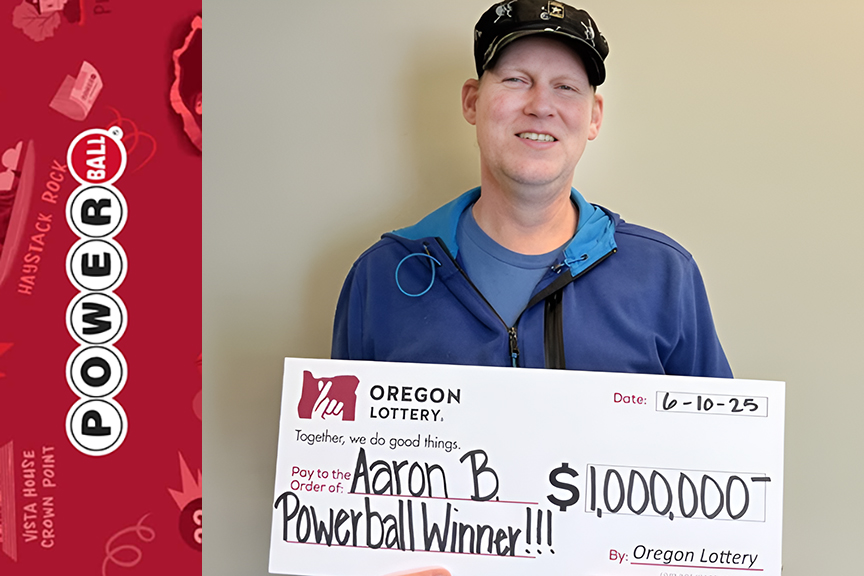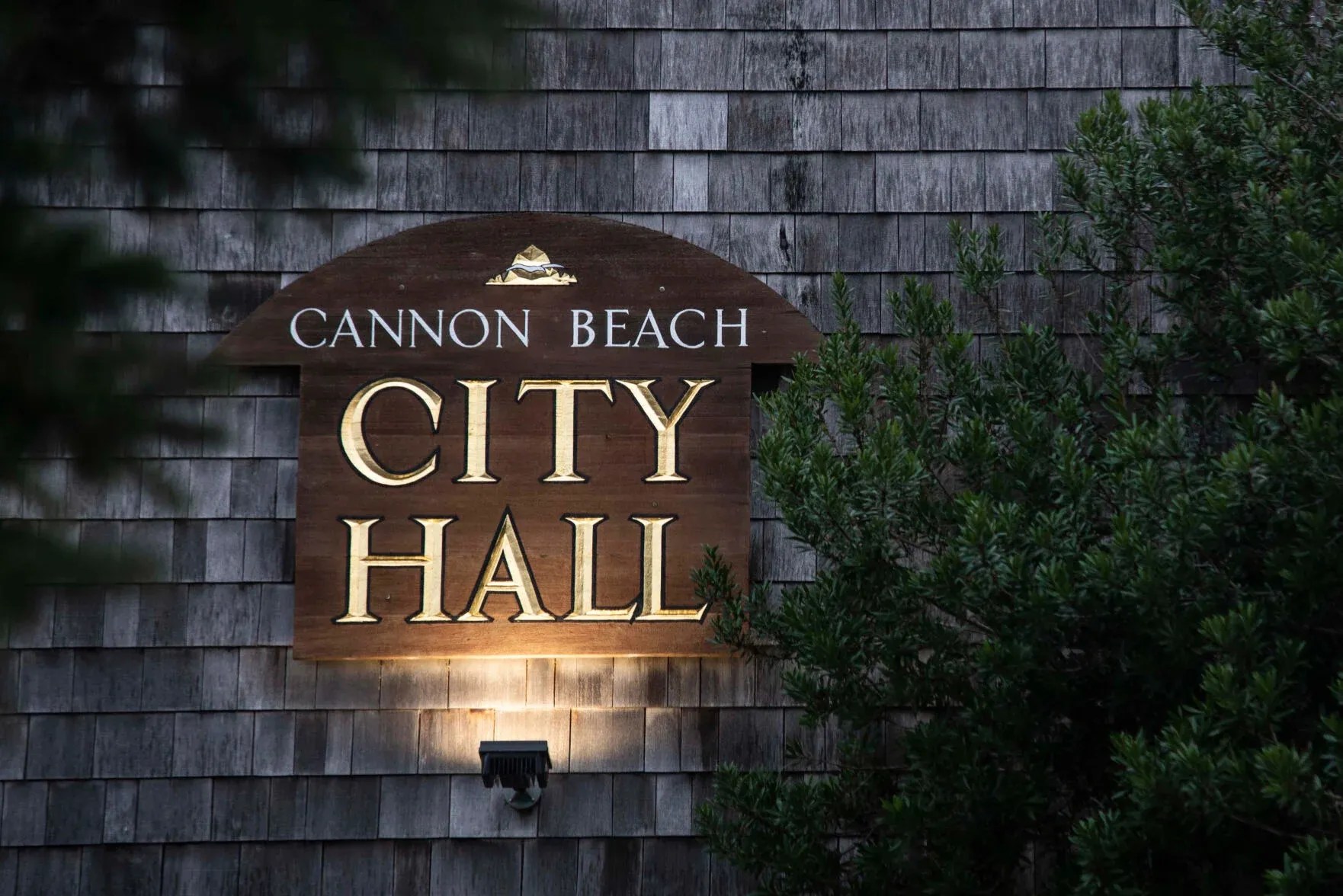A can full of ideas for marketing tuna
Published 4:00 pm Tuesday, February 28, 2006
You’ve just canned some tuna. It’s troll-caught albacore, brought in with low bycatch, handled professionally on the boat and at the dock, bursting with omega-3 fatty acids and, well, it just tastes good.
So how do you get others to try a can?
At the Community Seafood Initiative’s second annual Micro-Canners Conference Tuesday, canners and seafood industry types heard a variety of ideas surrounding the marketing and branding of their product, then had a chance to put their tuna to a taste test Tuesday evening.
For Michael Morrissey, director of Oregon State University’s Seafood Laboratory, one way to promote Oregon albacore is by touting its health-promoting features.
“We should really start focusing on these health benefits, because the information that is coming out from the scientific world is really, I think, going to explode in the next three years about the positive health benefits,” Morrissey said.
One study showed that eating three to four meals of fish a week can reduce the risk of congestive heart failure by almost 50 percent; others suggest fish oils may play a role in reducing Alzheimer’s risk.
Fish are the only source of the omega-3 fatty acids EPA and DHA, he said, and DHA is a major player in babies’ vision and cognitive development. Canners can list their EPA and DHA content on the labels, Morrissey said; some baby formulas in Japan already do.
The issue of mercury in fish has received a lot of press, he said. In 2004, the Food and Drug Administration issued an advisory stating that pregnant women, women who might become pregnant, nursing mothers and young children should limit themselves to 12 ounces a week of a variety of low-mercury fish.
“When you have an advisory, you tend to focus in on the worst,” he said. People missed out on the message that fish are an important part of a healthy diet. Since the per-capita fish consumption in the United States is about 5 ounces a week, “Really what it was saying is that everyone should be increasing their consumption of fish.”
Healthy resultsOne study by Harvard’s Center for Risk Analysis and School of Public Health looked at quality of life with different fish-eating scenarios, balancing the health benefits with the risk from mercury and other contaminants. If everyone cuts down on their fish consumption, quality drops; if pregnant or nursing women stick to the FDA guidelines and everyone else increases their fish intake, quality skyrockets.
“They came out and said, ‘We seldom see qualities this high,'” said Morrissey, who recently led a panel of researchers at a national science meeting, discussing the risks and benefits of fish.
In addition to promoting the fish as healthy, microcanners could use some new traceability technology to make claims about how their tuna was caught.
“The consumers now are demanding more information about the food they purchase,” said Oregon SeaGrant extension agent Michael Thompson. He’s working with an onboard computer system that could quickly record things like when and where the fish was caught, the vessel and its home port, the temperature at which the fish was stored, how it was handled on the ship and what happened once it got to the processor.
While this information would be useful to the canner, it could also be available for a consumer, connecting them to the fisherman, processor, wholesaler and retailer who produced their food. Thompson mentioned a Web site, still being tested, where buyers could type in a tracking number and see the history of the fish in their can.
“For certain markets we feel that can be a big benefit,” he said.
Community Seafood Initiative director Diane Moody added that it also informs people who sell to the consumer, like retailers and chefs, who then tell the story.
From a marketing perspective, this is important, said Bill Shephard, president of MindGarden. To have a successful and meaningful brand, he said, you have to “get your consumer to grab hold of your brand and carry it for you.”
He cited brands like McDonald’s, where Ray Kroc changed what it means to go out to eat. With Anchor Steam beers, the owner recognized there was a place for good beer from small breweries and encouraged others to follow his lead, kicking off the popularity of microbreweries. There’s probably a message for the microcanners in that story, Shephard said.
Small businesses need a brand that connects deeply with their consumer, he said. It’s not enough to have a feature, like containing omega-3 fatty acids, or a function, like reducing cholesterol. Most brands stop with a benefit, like being heart healthy, he said, but the trick is to take it a step further and connect the brand to self-image and lifestyle.
“How can you give away your story to someone who really wants to tell it?” he asked.
Message resonatesThat message resonated with fisherman and canner Rick Goche, of Aquatic Resources and the Sacred Sea label, who attended the conference looking for “a jewel” of information he can use with a new program.
Kris Sampson of the Warm Springs Tribe, who conducts salmon marketing for the Columbia River Inter-Tribal Fish Commission, said the conference gave her ideas for product promotion, and also provided contacts with people who said they’d help get her salmon-canning venture off the ground.
“I’d like to hopefully have my own business just doing that,” she said.
The conference continues this morning with a direct-marketing workshop, but Tuesday’s events were capped off with an albacore taste-off.
Terry Hartill of Bell Buoy of Seaside was there to defend his title after winning last year, and he didn’t leave empty-handed. Bell Buoy won the people’s choice award for flavored tuna, while Wild Planet took home the people’s choice in plain albacore. The contest also featured chef’s choice prizes: Dungeness Development’s East Point brand took home the award for plain, while the flavored category was won by Oregon Ocean Seafoods’ Skipanon brand.





